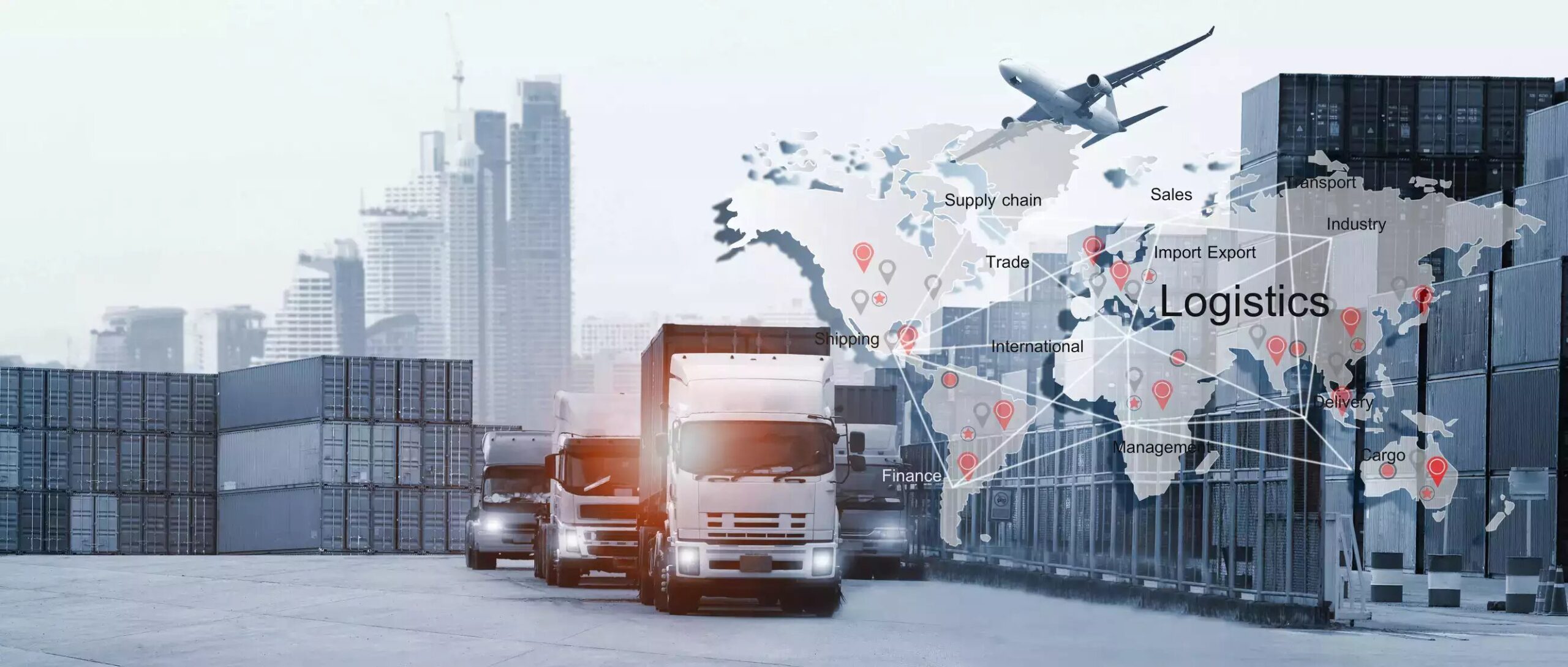Hey family! I hope you are all doing great. Today, let’s talk about something cool: logistics technology in the 2000s. Don’t worry, I will keep it super simple so we can all understand. Let’s dive in and see how things changed!
What is Logistics Technology?
First, let’s talk about what logistics technology is. Logistics is just the way products get from where they are made to where they need to go—like to stores or directly to our homes. Logistics technology helps make this process faster, safer, and easier. In the 2000s, a lot of big changes happened in logistics that helped move products better and quicker. Let’s look at these changes!
1. The Internet: Connecting Everything
In the 2000s, the internet became super important. It helped businesses track their products in real-time. This means when you order something, you can see exactly where it is and when it will arrive. This helped delivery companies like FedEx and UPS get better at their jobs and made sure products arrived on time.
The internet also allowed companies to share information faster, making everything run smoothly.
2. GPS: Never Getting Lost Again
Before GPS, delivery drivers had to use paper maps to find their way. But in the 2000s, GPS technology helped drivers find the quickest routes to their destination. With GPS, drivers could avoid traffic and deliver packages faster. This also saved money on fuel and helped make sure packages arrived on time.
Thanks to GPS, drivers stopped getting lost, and products reached you faster.
3. Barcodes: Easy Tracking
We all know barcodes, right? Those little black-and-white lines on products. In the 2000s, barcodes became super important for managing products. With barcode scanners, workers could quickly check products into the system and know exactly where everything was.
This made tracking products and managing inventory much easier and faster, so everything could be shipped out quicker.
4. Robots: Smarter Warehouses
In the 2000s, some companies started using robots in their warehouses. These robots helped move products around and made things faster. They worked with people to help pack and sort products. This made warehouses run smoothly, with fewer mistakes.
Robots in warehouses helped make sure your orders were packed and shipped faster than ever before.
5. Online Shopping: Growing Fast
One of the biggest things that changed in the 2000s was online shopping. More people started buying things online, and companies had to figure out how to ship everything quickly. Companies like Amazon grew really fast, and logistics had to keep up.
This meant improving the speed of delivery, tracking, and using smarter warehouses to get everything out faster.
6. Going Green: Helping the Planet
In the 2000s, people started thinking more about the environment. This affected logistics too. Companies began using electric vehicles for delivery, and they tried to reduce waste in packaging. This helped protect the environment while still delivering products quickly.
Companies used better routes, more eco-friendly vehicles, and reduced waste in their packaging to be kinder to the planet.
In Short: Big Changes in Logistics
So, what changed in logistics in the 2000s? A lot! The internet helped track packages, GPS made deliveries faster, barcodes helped manage products, robots made warehouses smarter, online shopping grew, and companies started thinking about the environment. All of this made logistics faster, smarter, and more efficient.
To sum it up: The 2000s made logistics technology much better, so products could be delivered faster and more reliably.
The next time you order something online, remember that all this cool technology is working to get your products to you faster!
Thanks for reading, family! I hope this was helpful. If you have any questions, feel free to ask. Until next time, take care!
For More Articles: Insider Magazine

 Blog5 months ago
Blog5 months ago
 Home Improvement5 months ago
Home Improvement5 months ago
 Blog5 months ago
Blog5 months ago
 Blog5 months ago
Blog5 months ago
 Blog4 months ago
Blog4 months ago
 Home Improvement3 months ago
Home Improvement3 months ago
 Home Improvement5 months ago
Home Improvement5 months ago
 Lifestyle4 months ago
Lifestyle4 months ago



